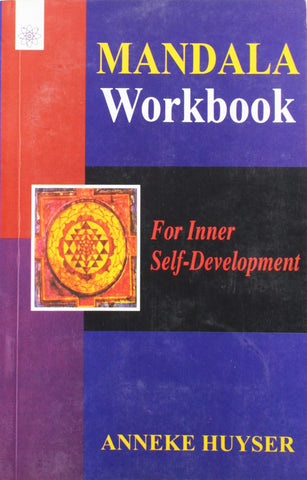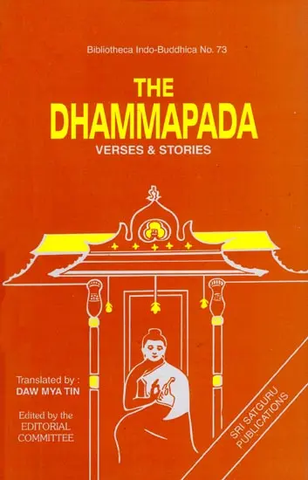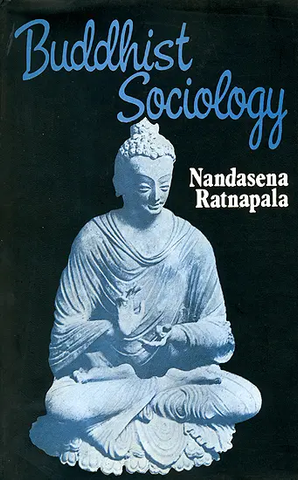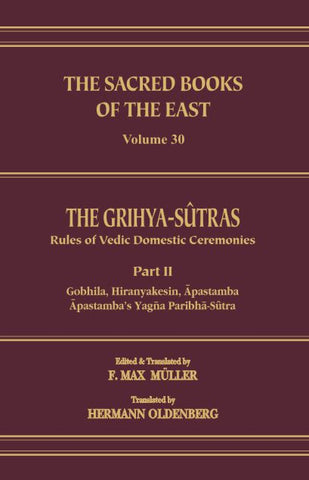Your cart is empty now.
The Ratnagotravibhaga Mahayanottaratantrasastra, on which this present study is made, is one of the treatises on the Mahayana doctrine written in Sanskrit. It was, however, quite recently that the Sanskrit manuscripts were discovered and critically edited. Before then, it was known only through the Tibetan and Chinese versions. The first introducer of this text to the world of the modern study was Dr E. Obermiller who translated the Tibetan version into English and made this text famous under the title of Uttaratantra according to the Tibetan tradition. In China, however, they used the name Ratnagotrasastra as its title, and this title was justified by the discovery of a Sanskrit fragment in Saka script in which we find the title Ratnagotravibhaga.
Dr E.H. Johnston, the discoverer of this fact and the editor of the Sanskrit edition of this text, suggested the use of Ratnagotravibhaga as the proper title showing the main subject of this text. Johnston's critical edition, which is the basic text of this English translation, shows his remarkable skill in editing Sanskrit manuscripts and is an excellent contribution to Buddhist scholars.
From the structural point of view, the present text of the Ratnagotravithaga is a combination of the basic text and a commentary thereon. That much is regular in Buddhist literature. The peculiarity of the Ratnagotravithaga. lies in the fact that it consists of two parts- in verse and in prose; while the verse section consists again of two parts-, one basic, and the other supplementary. In other words, the basic part of this text is mere verses, while another part, the commentary, is in verse and in prose and the prose section of the commentary follows the commentary verse or verses explaining their meaning with quotations from various sutras.
The Ratnagotravibhaga, also known as the Uttaratantra, is the only Indian treatise devoted to the Mahayana doctrine of Tathagatagarbha, or the notion that all beings possess within themselves the virtues and wisdom of a Tathagata, or Buddha, albeit in embryonic form (garbha). The present work, first published in 1966 and here reprinted for the first time, provides the only complete English translation of this important text.
About the Author(s)
Jikido Takasaki, D. Litt. (1926-2013), was a specialist in Indian Buddhism, especially the philosophy of Mahayana Buddhism. After graduating from the University of Tokyo in 1950, he studied at the Bhandarkar Oriental Research Institute at Poona, making a special study of the Ratnagotravibhaga, for which he received a PhD degree in 1959 from the University of Poona. He began his teaching career in 1957 at Komazawa University, Tokyo, and after a period of teaching at Osaka University, he eventually gained a professorship at the University of Tokyo in 1977, from which he retired in 1987. His many publications include, in addition to the present work, The Formation of Tathagata Thought (in Japanese), Lectures on the Lankavatarasutra (in Japanese), and An Introduction to Buddhism (in Japanese and English).
The present volume was originally prepared under the guidance of Prof. V. V. Gokhale of the Fergusson College (presently of the University of Delhi) during my stay at the Bhandarkar Oriental Research Institute, Poona, from August 1954 to January 1957, under the auspices of the Indian Government, and was submitted to the University of Poona as a doctoral dissertation. I wish to express my gratitude to Prof. V. V. Gok-hale who instructed me in reading the Sanskrit and Tibetan versions of the text throughout the two and half years of my stay in India and to Prof. R.D. Karmarkar of the Bhandarkar Institute from whom I received much guidance on Indian philosophy and the Sanskrit language in general.
When I was awarded the degree in September 1958, Prof. G. Tucci, who was one of the examiners of my dissertation, kindly suggested that I publish my work in the Serie Orientale Roma. I felt it a great honour, but I could not immediately respond to this kind of proposal, since I felt my work was inadequate and the presentation of it in English imperfect. Fortunately, Dr. Alex Wayman of Berkeley, U.S.A., kindly made suggestions. I also must acknowledge the helpful suggestions given to me by Dr. Way-man, Prof. H. Nakamura of the University of Tokyo (my faculty adviser in the Post-Graduate Course), Dr. H. Ui, and other Japanese scholars too numerous to mention in the matter of doctrinal interpretation.
Dr. Ui, an eminent Japanese Indologist, published the « Hoshoron Kenkyit » (A study of the Ratnagotravibhaga) in 1959. It consists of two parts. The first part consists of a critical and detailed study on the text, author, Chinese translator, doctrinal and canonical references, etc., while the second consists of a Japanese translation of the Sanskrit text. I owe much to his interpretation in modifying my translation, although points on which I disagreed with him are kept intact. It is indeed with deep regret that I must note the passing away of Dr. Ui on July 14, 1963.
Ten years have passed since I started work on this volume. In the meanwhile, I wrote several articles related to the text. Some are involved with the present work, but others, especially those written after sending the manuscript to Rome for printing, are not touched upon in this volume. Therefore, I would like to give a list of my articles so far published in order to cover the shortcomings of the present volume. If the reader has further interest on the subject, I hope that they will consult these articles.
1. « AMUKTAJNA no Gogi ni tsuite» (in Jap.) (On the Meaning of the Term amuktajna), JIBS, Vol. VI-1, Jan. 1958, pp. 186-190. (Cf. Translation, p. 144, n. 23, etc.).
2. « Kugyoichijohoshoron no Kozo to Genkei » (in Jap.) (The Texual Structure of the Ratnagotravibhaga and the Supposed Form of Its Original Text), The Journal of Religious Studies, No. 155, Mar. 1958, pp. 14-33 (cf. Introduction, Chap. II and Appendix I).
3. « The Tathagatotpattisambhavanirdesa of the Avatamsaka and the Ratnagotravibhaga — with special Reference to the Term tatipsigatagotrasambhava ' », JIBS, Vol. VII-1, Dec. 1958, pp. 48-53. (cf. Introduction, Chap. IV, § 3,4).
4. « Kegon-kyogaku to Nyoraizo-shiso » (in Jap.) (The Hua-yen Philosophy and the Tathagatagarbha Theory — Development of the Idea of gotrasambhava in India —), « Kegon Shiso », compiled by H. Nakamura and K. Kawada, Kyoto, 1960, pp. 275-332. (a detailed investigation of the same subject as No. 3 mentioned above).
5. « Tenne » (in Jap.) (Asrayaparivrtti and asrayaparivrtti), Nihon Bukkyogakkai Nempo, No. 25, Mar. 1960, pp. 89-110. (cf. Introduction, Chap. IV, § 7)
6. « Structure of the Anuttarasrayasutra (Wu-shang-i-ching) », JIBS, Vol. VIII-2, Mar. 1960, pp. 30-37. (cf. Introduction, Chap. V, § 7).
7. « Description of the Ultimate Reality by means of the Six Categories in Mahayana Buddhism », JIBS, Vol. IX-2, Mar. 1961, pp. 24-33. (see Appendix III).
8. « A Comment on the Term Arambana in the Ratnagotravibhaga, I, 9 », JIBS, Vol. X-2, Mar. 1962, pp. 26-33. (cf. Translation, Chap. HI, pp. 163, 168-171).
9. « Nyoraizo-setsu ni okeru Shin no Kozo » (in Jap.) (The Structure of Faith in the Tathagatagarbha Theory), Komazawadaigaku-Ken-kyukiyo (Fac. of. Buddhism), Vol. 22, Mar. 1964, pp. 86-109. (This is an article in which the structure and significance of a set of three terms on faith, viz. astitva, gunavattva, and gaktatva [cf. Translation, p. 382, n. 20] in relation to sraddha, adhimukti, chanda, abhisampratyaya, prasada, and abhilasa are traced back to Abhi-dharma Buddhism, including works of the Vijnanavada such as the Mahayanasamgraha-bhasya, the Vijntaptimatrata-trimsika--bha-sya. the Abhidharmasamuccaya-vyakhya, etc., as well as those of the Tathagatagarbha Theory such as the Ratnagotravighaga, the Buddhagotraiastra and Paramartha's translation of the Mahayana samgraha-bhasya.)
10. « Shintai-yaku Shodaijoron-Seshin-shaku ni okeru Nyoraizo Setsu The Tathagatagarbha Theory Appearing in Paramartha's Translation of the Mahayanasamgraha-bhasya of Vasubandhu), "Bukkyo Shisa 3.14 h — Commemoration Volume for Prof. R. Yoki for his Sixtieth birththday, Tokyo, 1964, pp. 241-264.
(In this article, the close relationship between the Ratnagotraviblaga and Paramartha's said translation is made clear after picking up the parallel passages in both texts and the Buddhagotragastra and the Anuttaragrayastura as well. In conclusion, the author suggested that the additional parts of the Mahayanasamgrahabha-§ya unique to Paramartha's translation are probably written by Paramartha himself on the knowledge of the Ratnagotrabvibhaga as he might have done the same with the Buddhagotra4astra and the Anuttarairayastura, and that Vasubandhu, consequently deprived of his authorship on the said parts as well as on the Buddhagotrsastra, might have contributed little to the development of the Tathagatagarbha theory. cf. Introduction, Chap. V, § 2,3). (JIBS =-- Journal of Indian and Buddhist Studies).
In conclusion, I would like to express my sincere gratitude to all the professors mentioned above for their valuable assistance and encouragement without which I could never have brought the book to completion. However, the responsibility of the final result rests solely with the author. I also wish to acknowledge with many thanks the troubles taken in the past three years by the people at Is. M.E.O., especially Prof. Antonio Gargano, who set my rather complicated manuscript into print and gave it a nice arrangement.
Delivery and Shipping Policy
- INTERNATIONAL SHIPPING
- Rs.1000-1100/kg
- ESTD. Delivery Time: 2-3 weeks (depending on location)
- Bubble Wrapped with Extra Padding
- NATIONAL SHIPPING
- NCR: Rs. 30/half kg
- Standard: Rs. 80/half kg
- Express shipments also available on Request
- ESTD. Delivery Time: Ranging from 1-4 days up to 7 business days (Depending on your choice of Delivery)
- TRACKING
- All orders; national or international, will be provided with a Tracking ID to check the status of their respective orders
- Depending on the Shipping Service, Tracking ID may be used on their respective tracking portals
Frequently Asked Questions (FAQs)
Domestic Shipping: 3-4 Days (after shipping)
International Shipping: 1-2 weeks (based on your location)
You will receive an email once your order has been shipped or you can email us if you didn't receive tracking details (info@mlbd.co.in)
Every book that we sell is the latest edition except all the rare books
Yes, we do provide free shipping, only on domestic orders (within India) above Rs.1500


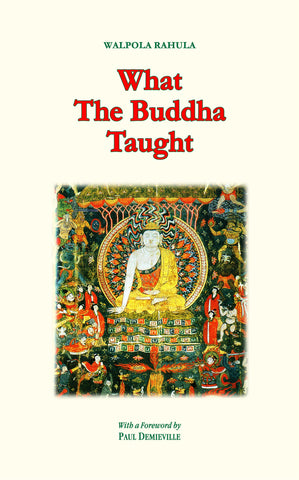
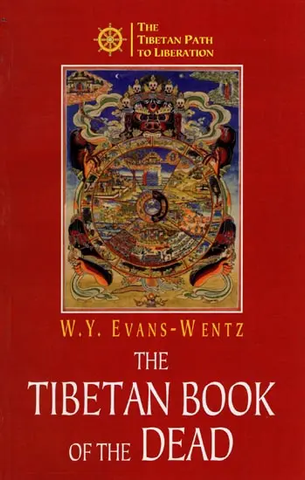
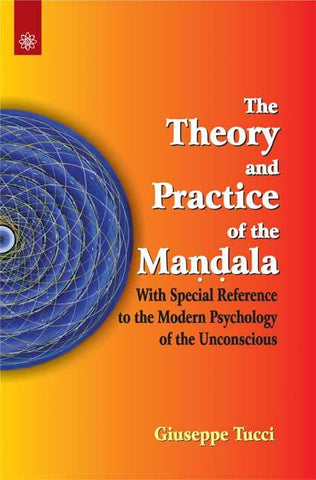
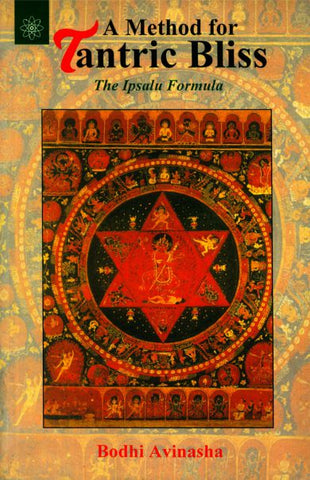
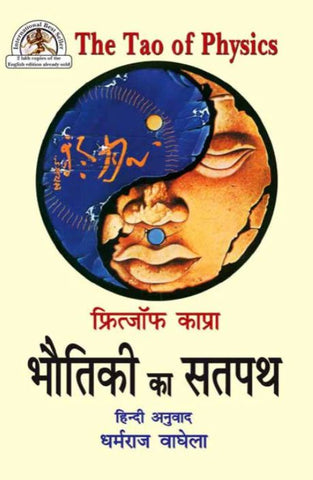
![The Rishukyo [Buddhica Britannica Vol.3]: The Sino-Japanese Tantric Prajnaparamita in 150 Verses (Amoghavajra's Version)](http://www.motilalbanarsidass.com/cdn/shop/products/RISHUKYO_large.jpg?v=1675417651)
